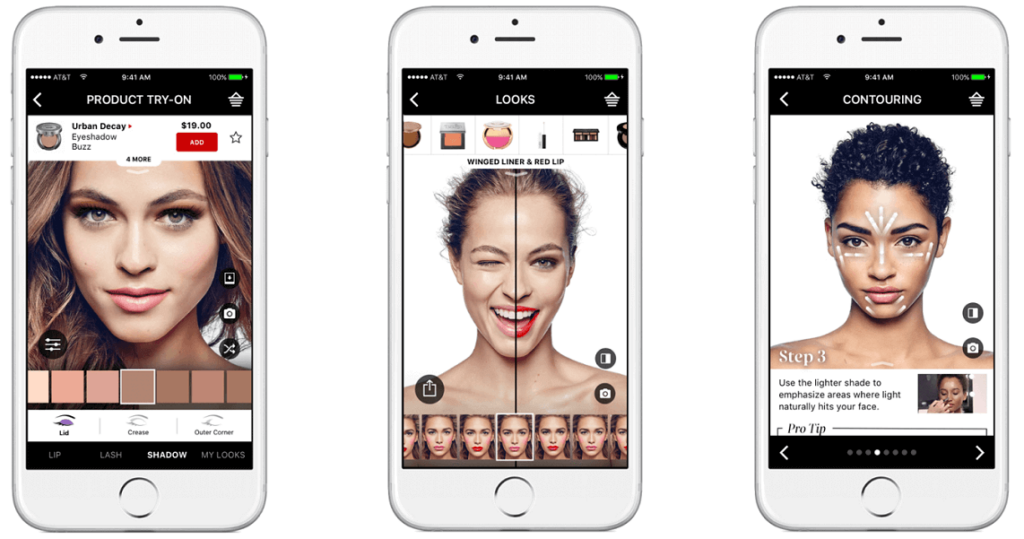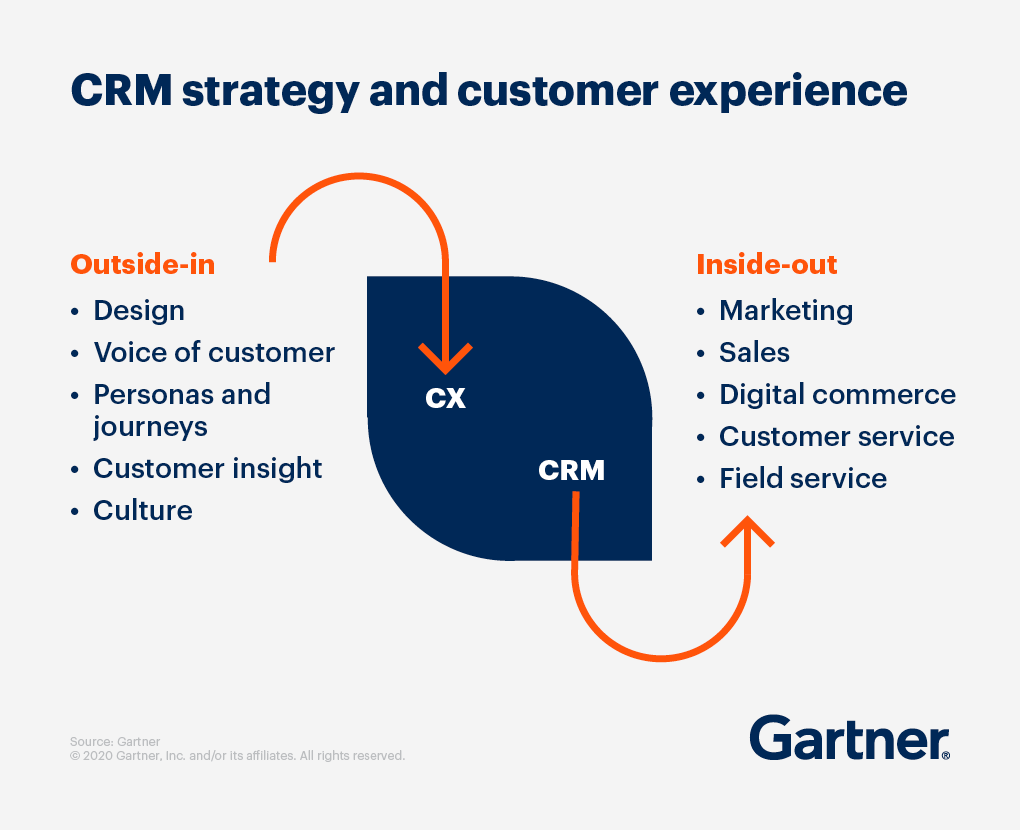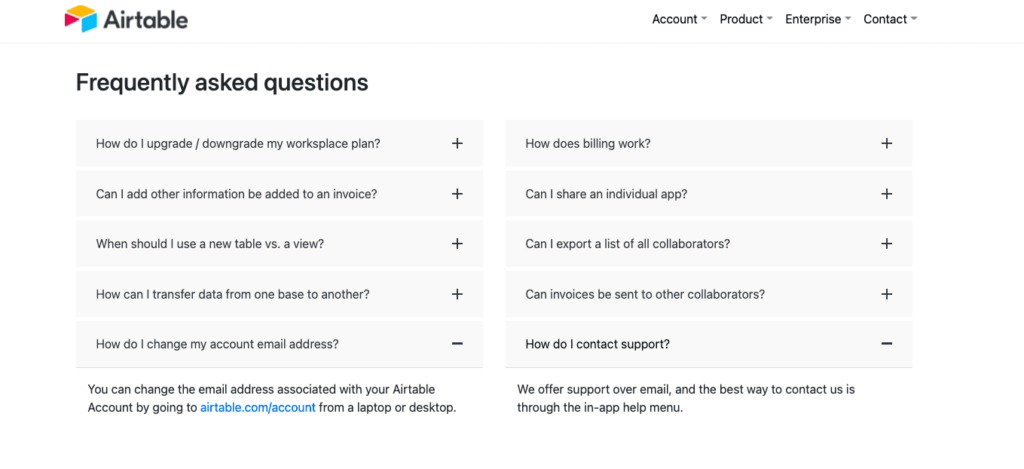Customer Experience (CX), which is quickly becoming the primary difference and force behind the consumer industry’s expansion and survival, is making a lot of noise. Exceeding customers’ expectations in order to win their long-term loyalty is at the top of every business’s list of objectives.
From standing in long queues to getting everything delivered at home hassle-free, CX has come a long way. A decade ago, a good CX was all about in-store or direct interaction. Today, CX has evolved from in-store experience to encompassing every single interaction- from first contact to becoming a loyal customer across every social media platform.
A happy customer is actually on the front line when it comes to marketing your company through word of mouth and internet reviews, as you must be aware. It’s the need of the hour to make significant investments in enhancing your customer experience. Today’s well-informed consumers demand nothing less than a quick, convenient, and “cool” purchasing experience.
But what actually differentiates a great customer experience from a good customer experience? Continue reading the blog to find out more about the development of customer service, the effects that digital transformation has had on it, and what lies ahead.
What is Customer Experience?
Customer experience is how customers perceive their encounters with your brand. Any time customers interact with your goods or services, whether online or in a physical store, it serves as a gauge of how satisfied they are with you.
Another way to explain what the customer feels is the customer’s impressions and related feelings created by the one-off and cumulative effect of contacts with a supplier’s people, systems, channels, or products. Perception and interaction are unquestionably the two fundamental components of a customer experience definition.
According to market research, a company that provides a superior customer experience has a 17% higher chance than one that doesn’t of growing steadily year after year. Companies that provide a faultless online customer experience have a higher improvement chance in their online reputation over the course of five years.
Additionally, studies demonstrate that customers now prioritize the customer experience of a firm over quality and pricing, in contrast to earlier times when this was not the case.
Why is a Good Customer Experience Important?
Customers today demand a pleasant customer experience in addition to competitive marketing pricing for the goods or services they purchase. If you fail to provide this, you will lose them to your competitors.
According to a study by Statista, 83% of respondents said that customers are more loyal to companies that address their issues. Over half of the customers will cease doing business with a company after just one unfavorable review, so if someone thinks this is being overstated, they should always consider it.
As you can see, a poor customer experience can have a disastrous effect on your sales team, but a good customer experience seems to be a huge boon to your ROI as well.
According to specialists, it is frequently seen that consumers think that the customer experience is more important than the cost of a given good or service.
However, even if you find an industry or market to be sufficiently competitive, customers will still pay extra if the customer experience seems to be exceptional by design.
Because of this, providing a fantastic customer experience might make the difference between gaining and losing a solid, devoted client.
By no means is this a novel idea, but with the rivalry in both traditional brick-and-mortar stores and the online market seeming to rise dramatically in recent years, customer happiness has become more crucial than ever.
This is due to the fact that in today’s technologically advanced society, a single unhappy customer only needs to share their experience with hundreds or even thousands of other people in order for it to appear like the firm in question has suffered a catastrophic loss.
Contrarily, clients that had a satisfying experience can also do the same and frequently go so far as to market the company on their own, making them valuable clients and a crucial growth hacking tool.
Additionally, you can learn the best practices for improving your customer service, which will undoubtedly produce much better outcomes. The following are some advantages of better customer service:
1. More widespread brand awareness and brand loyalty
Today, a lot of the client purchasing decisions are based on the experiences they have throughout the customer lifecycle, thus maintaining a happy attitude throughout the entire process undoubtedly increases brand awareness recognition.
As a result, positive brand loyalty within the customer journey ultimately results in a better overall experience.
2. Free Advertising That May Expand Your Customer Base
Positive customer evaluations have the ability to convert new prospects because consumers frequently read other people’s ratings before purchasing anything.
As the cycle continues, treat your new consumers with the same respect. Consequently, it seems to be a crucial element in a company’s performance. Acquiring new clients might cost seven times as much as keeping your current clientele.
Delivering a pleasant customer experience, on the other hand, has naturally become far more cost-effective as long as your happy customers are doing the job for you.
3. You Stand Out from Competitors
It doesn’t matter if you produce auto parts or medical equipment, offer construction or handyman services, or oversee a sizable industrial facility; chances are you face competition, and that rivalry is growing every day.
Price wars were a common strategy used by rival companies in the past to compete for market dominance, but these strategies now seem to be wholly out of date in every manner.
The customer experience nowadays is everything, and what you do for your customers, how you treat them, how you greet them, and how you demonstrate your value to them as a customer, can really set you apart from the competition and lead you to success.
The Evolution of the Customer Experience
Perhaps it seems obvious to provide good customer service. When you deliver a quality product and develop a rapport with your clients, they are more likely to buy from you again.
Customers have high expectations, nevertheless, as the level of competition rises and the digital age adds new difficulties.
They seek precisely the correct material, given precisely at precisely the right time, on precisely the appropriate platform.
You must embrace the technology you have access to and make the most of it if you want to meet the demands of an always-connected customer.
You risk falling behind if you don’t endeavor to achieve that total digital transformation. Customers want to perceive that differentiation now more than ever.
When developing a customer service strategy, it’s crucial to take into account mobile devices, the apps that run on such devices, machine learning, automation, and personalization.
The “era of the consumer,” where technology has given the customer control, has arrived over the past ten years.
1. Combining Humans and Technology
Businesses are able to identify and comprehend a customer’s purpose from the data they create in real time by using AI and manpower.
From there, brands may show customers offers and content that is highly personalized and relevant to them.
Real-time decisions, which enable organizations to decide based on the most recent data available, are crucial when marketing to customers. It can assist in identifying clients who are utilizing ad blockers and offer them substitute user interface (UI) elements to keep them interested.
When it comes to predictive analytics, businesses can utilize it to gain a deeper understanding of what has previously happened and what can be done to help a sale by making recommendations for similar goods and accessories.
Doing this improves the relevance of the customer experience and increases the likelihood of a sale. Additionally, it might provide the buyer a stronger sense of emotional attachment to a brand.
2. Understanding Customer Perspectives
Learn more about your customers because only they can assist you in generating more leads and business.
Customer understanding is essential to providing them with quality service, which in turn fosters long-lasting customer relationships and increases sales through favorable word-of-mouth advertising.
Understanding the psychology of your clients, however, is difficult and frequently calls for a careful investigation to pinpoint their preferences or buying habits so that you may anticipate their requirements and go above and beyond their expectations.
Nothing less than a seamless experience across traditional and digital touchpoints is required by today’s customers.
A company must be prompt and proactive in order to accomplish this. Before the actual request is placed, it must anticipate the consumers’ wants in order to provide them across all platforms.
And only when you have a technology that allows you to see into the customers’ behavior in real-time can all of this take place.
A customer relationship management application (CRM) that offers in-depth analyses of the customers’ activity is advised by experts, whether that be a field service CRM, a banking CRM, CRM with email marketing, or a hotel CRM.
One of the best examples to support this is the email marketing feature of CRM.
3. Getting the Entire Company Involved in CX
Everything that is spoken can’t be remembered by an average listener. Although not everyone has a natural ability for it, active listening is one of the essential skills for members of the customer service team to develop.
When consumers are trying to describe complex scenarios, active listening can be helpful because most customers loathe having to repeat themselves to make clear anything they’ve overstated. Improving online customer service requires real-time assistance above all else.
Live chat is a well-liked channel that enables your representatives to provide immediate sales and support assistance to your clients. As a startling 46% of customers prefer live chat to email, 29% prefer email, and 16% prefer social media, live chat has emerged as the top digital contact tool for online customer care.
4. Juggling Multiple Forms of Communication
Self-service has become a necessity rather than a luxury. Providing a satisfying customer experience is essential. It has become so crucial that customers now anticipate finding a self-service application on a company’s website.
A wonderful customer service channel that enables companies to improve online service without requiring any interaction with a service agent is self-service choices. The most popular forms of customer self-service are knowledge bases, online forums, how-to videos, and FAQs. Developing various channels of communication with clients improves the customer experience without a doubt.
One of the finest ways to communicate with customers and learn how your consumers genuinely feel about the goods or services you provide is through customer feedback. You can obtain useful information from consumers’ feedback and utilize it to enhance your online customer care by listening to them.
In essence, when you solicit client input and pay close attention, you open a window for managing customer experience, lowering customer turnover, and enhancing your goods and services. Gaining valued brand ambassadors who will promote you favorably through word-of-mouth is the greatest approach to do it.
You can determine whether or not clients are satisfied with your brand based on their feedback. More than just satisfied, happy customers stick with your company.
5. Defining company values
After the COVID-19 pandemic, most customers aren’t willing to just support whatever company has the best deal or the funniest advertisements.
Customers want to support companies that share or reflect their values, thus they want businesses to be socially conscious. In fact, consumers are more likely to support businesses that practice social responsibility.
A company needs to have a mission and goals that are forward-thinking and give back to the community if it wants to have happy customers. That can entail implementing sustainability policies, making charitable contributions, or favoring handcrafted goods over manufactured ones.
Customers want to interact with companies who care about more than just their profit line, the message is crystal clear.
6. Trust becomes priority
Customers are aware that organizations are gathering their data in order to provide them with personalized experiences. However, some customers are more at ease giving data than others. Customers between the ages of 18 and 34, for instance, are more willing to openly reveal their personal information, whereas those between the ages of 45 and 65 are more hesitant to do so.
Nevertheless, most consumers object when brands use data from third parties, especially when this occurs without their knowledge or consent. Because of this, establishing customer trust when using third-party data requires transparency. As long as a brand admitted what it was doing, the majority of respondents would still do business with it after knowing that it had collected their data without their permission.
Customers want to be more in charge of how their data is used and to give their informed consent. They desire easy and pleasant customer experiences, but they do not desire to grant marketers the freedom to exploit their data however they see fit.
The future of customer experience
It’s difficult to foresee what the future may contain when we take the rate of change in customer service and experience into account. However, it does seem logical to believe that continued technological advancements will influence the customer experience.
We’ll have more information to examine than ever because of the possibility that technology will continue to give us access to information about people’s lives, habits, and feelings.
We are confident that clients will demand a smooth and customized experience even simply during the course of the upcoming year.
The brands that can provide that kind of experience while still transforming digitally will succeed.
Deliver the Best Customer Experience!
Customer experience is all about the suggestions and direction you give to please your clients. This frequently occurs following their purchase, and it may involve things like troubleshooting, inquiries regarding your goods, or refunds.
Your customer success, or how much value your consumers receive from your product or service, will increase as a result of this interaction. Additionally, you’ll enhance the general client experience your business offers.
The entire process a customer goes through while interacting with your brand is called the customer experience.
This usually begins when people first hear about you, buy something from you, use it, and give it a review. When measuring customer experience, it’s important to take into account how customers feel about your brand throughout the entire process. Indeed, positive customer reviews can be used in local SEO to influence your business’s ranking.
Customer service is frequently a fantastic opportunity for distinction due to the market’s intense competition, as we previously stated.




